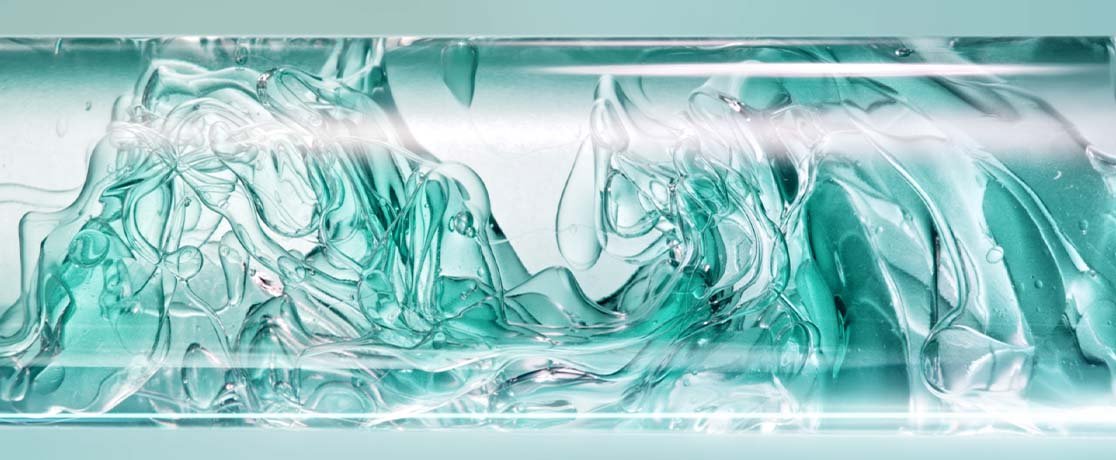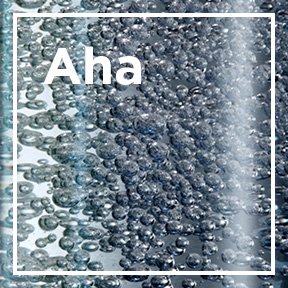
More about Hyaluronic Acid
But if you’re wondering what exactly hyaluronic acid is and how it works, we’ve got you covered.


What Are the Benefits of Hyaluronic Acid for Skin?
For skin to look and feel its best, balanced moisture levels are key. By including Garnier hyaluronic acid in your routine, hydration is encouraged and enhanced – bringing about a range of skin-boosting benefits. Read on to see how your skin can be supported by this hero ingredient.
READ MORE
Our products containing Hyaluronic Acid
Our products containing Hyaluronic Acid

Skin Active Fresh Mix Tissue Mask Hyaluronic Acid - Plumps & Smoothes

Garnier Garnier Body Superfood Watermelon & Hyaluronic Acid Body Cream

SkinActive Garnier Hydra Bomb Hyaluronic Acid + Green Tea Sheet Mask

SkinActive Hydra Bomb Brigthening Eye Mask

Explore Our Virtual Skin Analysis Tool
Everyone’s skin is unique, so skincare routines should be too. To find your perfectly matched products and learn more about your skin’s needs, use our online skin analysis tool.

Hyaluronic skincare for dry skin
Features of dry skin types include flakiness, dulled complexions and rough textured skin – all motivated by a lack of moisture. Hyaluronic acid can hold up to 1000x its own weight in water, making it one of the most effective tools in achieving balanced hydration! Scroll on for Garnier hyaluronic acid skincare for dry skin.
SHOP NOW
Hyaluronic acid FAQs
To help you on your healthy skin journey, we’ve answered your most asked hyaluronic acid skincare questions.
What is hyaluronic acid?
Hyaluronic acid is a naturally occurring substance that’s found in our bodies. Skin is the organ that contains the most important quantities of hyaluronic acid in the body. Despite its name, it’s not part of the exfoliating acid family, and instead it’s a humectant. It is a humectant. That means it helps to retain the moisture that both skin and joints need, but – like collagen – our levels of it decline as we get older. That can lead to dullness, fine lines and wrinkles and a loss of elasticity in skin (which is what keeps it looking plump and healthy). So, by applying hyaluronic acid topically via your skincare products, you can help restore some of that lost moisture and plumpness.
Our hyaluronic acid is what we call a Green Sciences ingredient. It is of natural origin and is obtained by green transformation through a biotechnology process known as fermentation. Fed with wheat-derived glucose and proteins, in specific conditions, lactic bacteria produce hyaluronic acid.
What does hyaluronic acid do?
Hyaluronic is amongst one of the most hardworking ingredients and is used for its incredible water retention ability, and thanks to its molecular structure, it captures water molecules and becomes a large, hydrated sphere, and in theory, it can hold up to 1000 times its own weight in water.
Most often found in creams and serums, when it’s applied topically it’s able to draw moisture into the skin to keep it looking supple and feeling hydrated.
Can you use hyaluronic acid with retinol or other ingredients?
In short, yes, you can use hyaluronic acid with other ingredients. It can be used in tandem with actives including vitamin C, retinol or glycolic acid.
How to use hyaluronic acid?
Hyaluronic acid-based formulas can be used daily, and they are suitable for all skin types, including sensitive skin. We would suggest that you use it twice a day to make the most of the benefits delivered by the formulas, and if you’re using a serum-based formula, apply it as the first step in your routine and then follow with the rest of your products. If you’re using a hyaluronic acid-infused moisturiser, use either after the serum, or instead of it, in your routine to lock in all the hydrating goodness. In your morning routine, don’t forget to use sunscreen as the last step every day - at least SPF15 is recommended – in order to protect your skin from UV-induced damages such as dehydration or dullness.


















